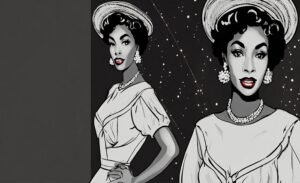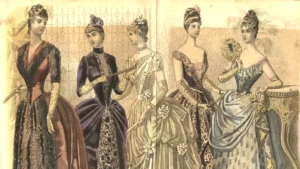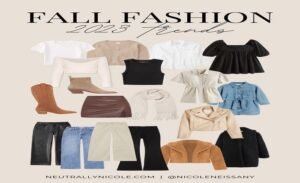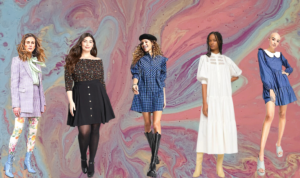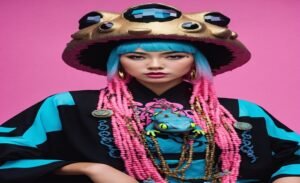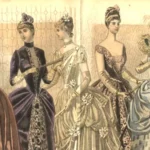Few items of clothing in the world of business wear have the same power and respect as the traditional business suit. A well-fitting suit can send a strong message about your professionalism and self-assurance, whether you’re attending a formal event, a job interview, or a corporate meeting. But it might be difficult to choose the ideal business suit because there are so many different designs, materials, and hues to choose from. Do not be afraid! You can choose the perfect business suit to fit your occasion and style with the help of our guide, who will walk you through the process.
What Defines a Business Suit?
A business suit usually consists of a jacket and pants that match and are made of the same material. These are the essential components:
Jacket
Both single and double-breasted
Shawl, peak, or notch lapels
erect shoulders
Three or two buttons
Trousers
pleated or flat-fronted
Legs: straight or tapered
Finished to the appropriate length
Types of Business Suits
Now let’s examine the many kinds of business suits:
Classic Navy Suit
A professional’s wardrobe must include a navy suit because it is both classic and adaptable. It goes well with a variety of shirts and ties and is appropriate for several situations.
Charcoal Gray Suit
A deeper gray tone conveys refinement. Gray suits in the color charcoal are elegant and authoritative for formal settings.
Pinstripe Suit
Your suit gains a subtle pattern from the pinstripes. They have a slimming impact and are well-liked in professional environments.
Light Gray Suit
Light gray suits are less formal but yet look great for spring and summer. For a contemporary style, pair them with pastel shirts.
Black Suit
Black suits are a mark of refinement and should only be worn for formal events. Pair them with a silk tie and a clean white shirt.
Tweed Suit
Colder conditions are ideal for tweed outfits. Their textured cloth gives it a homey, unique feel.
Seersucker Suit
Lightweight and breathable, seersucker suits are perfect for hot weather. The puckered texture keeps you cool.
Choosing the Right Fit
A well-fitting suit makes you look better. Think about these fitting suggestions:
Shoulders: The jacket’s shoulders should align with yours.
Chest: The jacket should button comfortably without pulling.
Sleeves: Show a quarter-inch of shirt cuff.
Trousers: They should sit at your natural waist and break slightly on your shoes.
Styling Your Business Suit
Use these styling suggestions to finish off your look:
Shirts: Choose light blue or classic white shirts.
Ties: Select silk ties with delicate designs or simple hues.
Footwear: Derbies or leather oxfords are perfect.
Accessories: Put on a high-quality leather belt and a pocket square.
In summary
Purchasing a quality business suit is an investment in your ability to project a professional image. The correct suit may make all the difference, whether you’re attending a high-profile event or moving up the corporate ladder.
FAQ
What distinguishes a formal suit from a business suit?
Wearing a business suit is customary in formal environments such as conferences, meetings, and workplaces. Its more somber designs and frequent use of neutral hues like black, charcoal, or navy define it. A formal suit, on the other hand, is reserved for formal occasions like weddings, galas, or black-tie functions. People sometimes refer to it as a tuxedo or dinner suit. Typically, one wears it with a formal shirt and bow tie, featuring satin lapels.
Is it appropriate to wear a business suit to casual events?
More casual shirts and no ties are two ways to dumb down business suits, even though they are usually worn in formal contexts.
How do I keep my business suit current?
Appropriate storage and routine dry cleaning are crucial. Avoid overwearing your suit by hanging it on wooden hangers.
Do specially-made suits merit the price tag?
Custom suits offer the best fit and quality. If you wear suits a lot, you might want to get one made just for your measurements.




